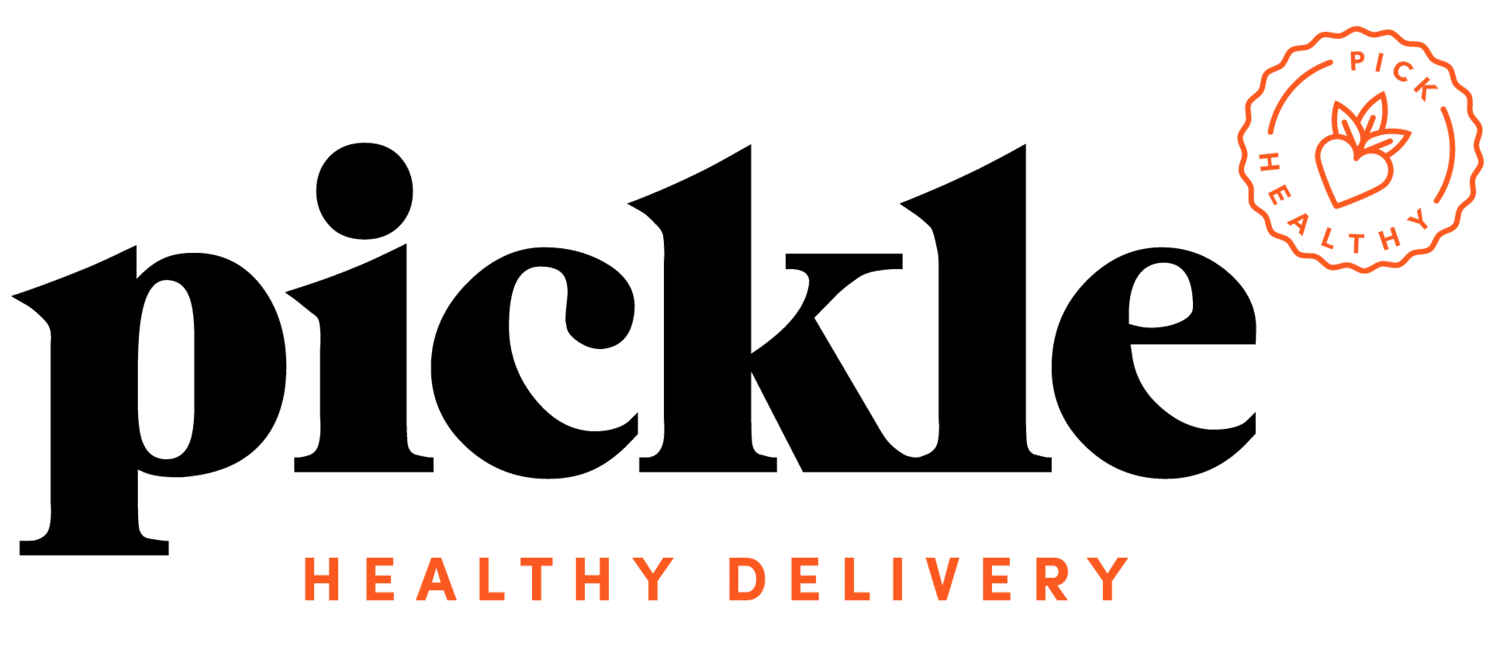Do you know that packaging goes beyond the aesthetic function of showcasing a food product? It contains very important information that will help us to develop good eating habits to keep us healthy. Part of food packaging is the nutrition facts. Nutrition facts are the tabular figure normally found at the back of food packaging, indicating the number of calories, carbohydrates, proteins, fats, and micronutrients in a food product. With this numerous information, consumers often ignore these very small, yet very powerful nutrition education tool.

In this article, we will break the code of nutrition fact to fully understand the food products you are eating and putting inside your body.

Step 1: Start with the Serving Size and Number of Servings Per Container.
Serving size tells you the amount of one serving a person typically eats at a time. One serving size is the basis for nutrient profile listed below. Hence, if you eat more than one serving, you will consume more than the amount of calories and nutrients indicated.
Step 2: Look at the Calories
This indicates the number of calories in a single serving. It is advisable to know your total calorie requirement per day so you can decide if a certain food product can be included in your diet. Typically, 40
calories and below per serving is considered low calorie, while 400 calories and up is considered high.
Step 3: Check Out Nutrients and Percent RENI
Selected nutrients are listed in nutrition facts. Some of the nutrients should be take in moderation, some are encouraged, while others are avoided. It is difficult to interpret the actual value of each nutrient, therefore looking at percent RENI (Recommended Energy and Nutrient Intake) will help you to evaluate a food product. Recommended Energy and Nutrient Intake is a dietary standard of nutrients Filipino should eat per day to ensure health and well-being. Typically, percent RENI in nutrition fact is based on a 2,000-calorie diet.
For example, if a food item has a 10 percent RENI of total fat, this means that a single serving can provide you 10 percent of the total fat you need to consume per day, based on the assumption that your total energy requirement is 2,000 kcal. Keep in mind that if you have a different energy requirement, percent RENI will also change, particularly for protein.
A percent RENI of 5 percent or below is considered low, and a percent RENI of 20 percent or more is considered high. You should look for food items that contain 5 percent or less for saturated fat, cholesterol, and sodium; 20 percent or more for minerals, vitamins, and dietary fiber; and 0 percent for trans-fat.
Step 4: Do Not Miss the List of Ingredients
When things are still unclear, list of ingredients can help you better understand the content of a food item. The listing of each ingredient is in descending order of predominance. Hence, if you see that sugar (i.e. high fructose corn syrup/ glucose syrup) or salt (i.e. sodium chloride) is found in the beginning of the list, then you can assume that they are in great amount. This, you can verify in the nutrition facts and vice versa. List of ingredients will also help you to stay away from food items that can trigger your allergic reaction.
So the next time you buy food at the grocery, check the label! It’ll help you with your calorie counting as well as with keeping on special diets that restrict calories or certain items (i.e., low sodium, low fat, etc.). May the odds be ever in your favor on your dieting journey!
